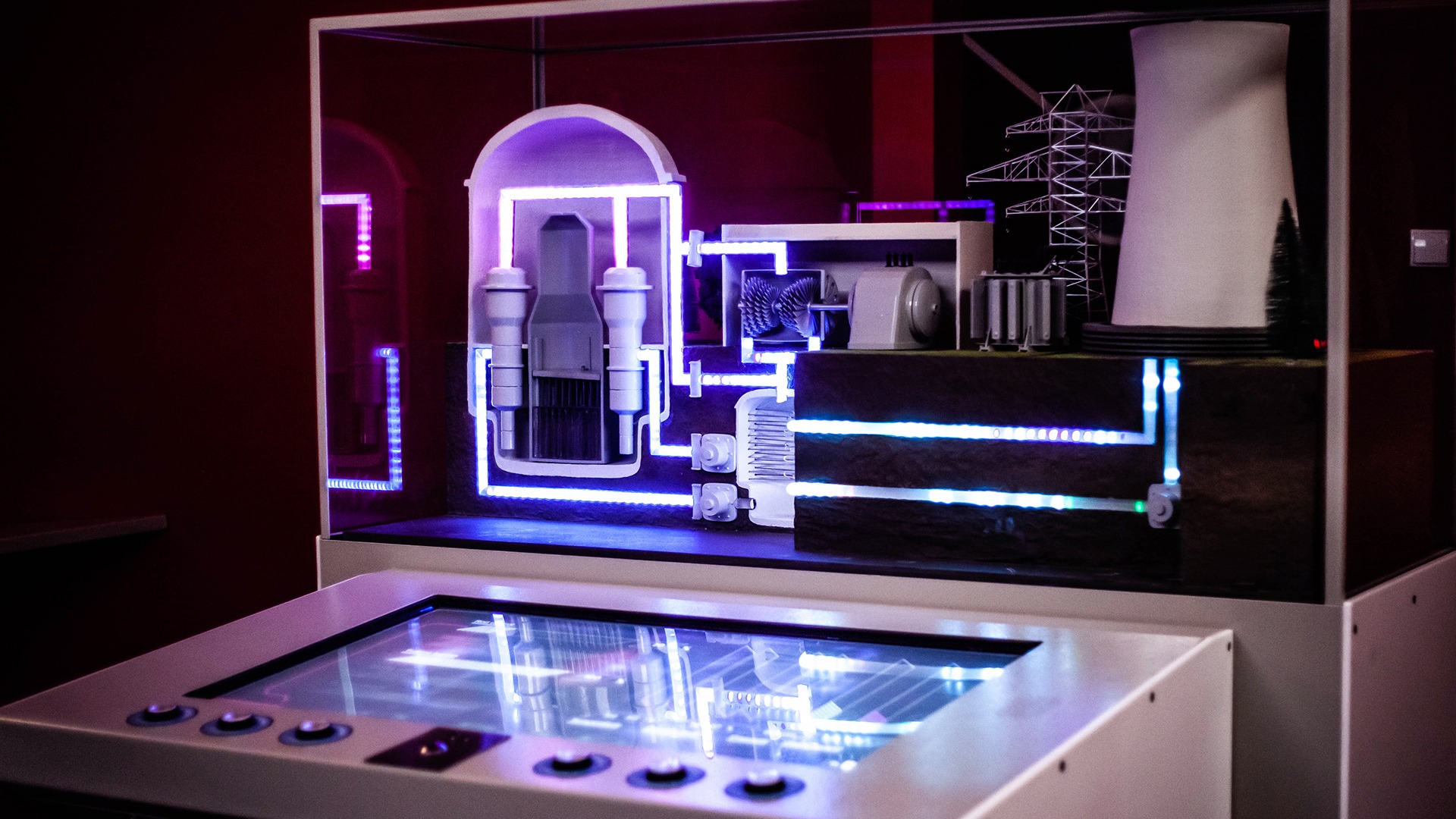The use of modern technologies is increasingly common in museums. The task for technology is to provide an attractive form for educational content. When preparing to use technology in a museum, it is necessary to maintain consistency between the architecture of the interior, the content, and the audio-visual equipment. The task may seem daunting, but – as many examples show – is in fact perfectly feasible.
The main purpose of museum exhibits is educational. This basic assumption should be made when designing multimedia systems. Museums have very rich collections of research material, archival photographs, videos and, of course, exhibits of various kinds. Each of these components is usually of great importance. Unfortunately, it is often impossible to present the complete collections to the public, because visitors will quickly get bored and stop assimilating new information.
It is important to make the right choice of materials and to create multimedia solutions with different levels of detail – so that the basic information is conveyed to all visitors, at the same time allowing those who are interested in the topic to expand their knowledge. As our experience shows, it is much more difficult to create interesting multimedia solutions that provide only basic information.
What solutions could be used in an interactive museum?
1. Video mapping
One of the most popular solutions is video mapping. This is a projection, the image of which closely corresponds to the architecture of the place and harmonizes with it. Animations can contain videos, photos, or key words. The background sounds play a key role, and need to be prepared carefully. An example of such an implementation is the model of the Tatra Mountains in the Tatra National Park.

2. Electromechanical interactivity
Electromechanical interactivity solutions for museums are gaining in popularity. These are systems that connect scenery, electronics, and multimedia. Electromechanical interactivity stands have mechanical buttons, levers, gearboxes, and various sensors that allow you to create interesting installations. An example of such a solution is a simulator of a nuclear power plant, which is located in The Centre of Science and Technology EC1 in Łódź.

3. Infokiosks
For visitors who want to become more familiar with the theme of the exhibition, infokiosks that contain an extensive database of information could be installed. By default, this form of communication is less attractive than the previously mentioned solutions, but an appropriate user interface design filled with engaging animations makes the use of such exhibit more interesting. Also, animations and infographics based on the source material can make the effect quite impressive.
4. Hybrid solutions
A very effective form of communication is to combine multimedia with physical elements. In video mapping, we connect the multimedia display with the architecture of the space; in mechatronics, we connect multimedia with physical elements of the user interface. Examples are plenty. Among the most interesting uses that we have encountered is the management of ship models floating in the National Maritime Museum pool and the use of artificial intelligence to detect objects from puzzles at Swarzędz Centre of History and Art.

5. Exhibition Content Management System (CMS)
Science is a dynamic field. New information appears all the time. You should keep this in mind when planning your exposition. Updates or changes to the content presented in the expositions are required on regular basis. To do this, you might wish to use a Content Management System (CMS). It might be advisable to use such a system starting at the design stage. Our solution, called Toucan Nest, not only serves as a CMS, but also allows you to control the equipment used in the exhibition. It makes the maintenance of a modern museum much easier thanks to the use of network functionalities to manage equipment and content. In practice, Toucan Nest eliminates the need for an employee to physically attend the exhibition site.
A skilful compromise between content, architecture, multimedia, audio-visual installation and, most importantly, available budget is quite a difficult task for anyone who builds a museum exhibition. It is very important to choose technological solutions wisely, so that they serve the main purpose of the material – whether educational or other.





